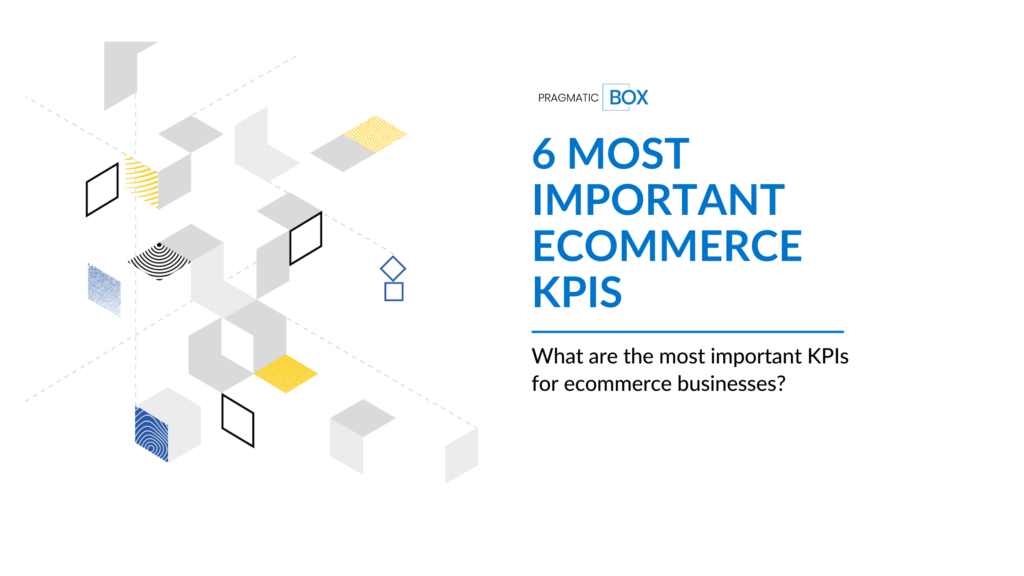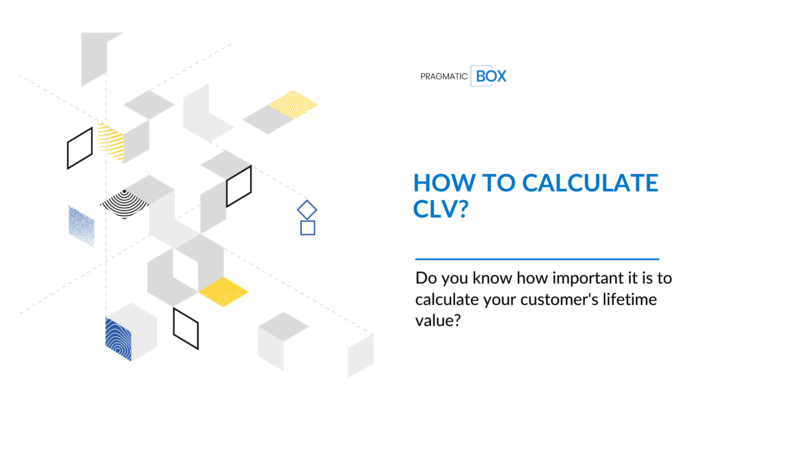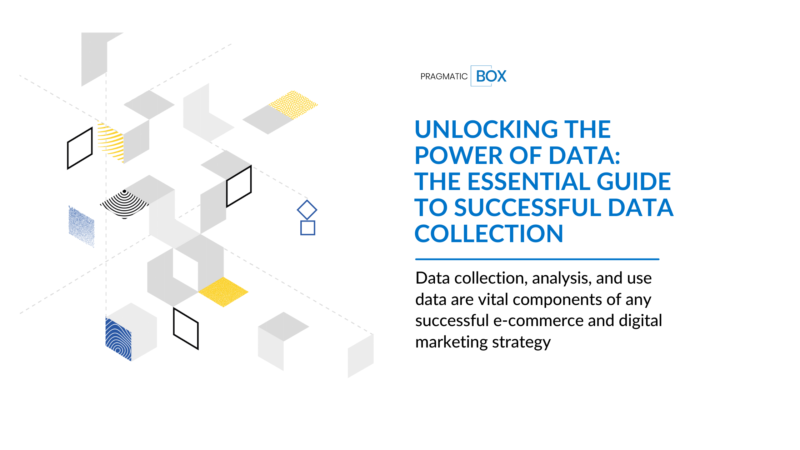What are the most important KPIs for ecommerce businesses? This is a question that every CMO and ecommerce manager should be asking themselves. With so many different metrics to track, it can be tough to know which ones are the most important.
In this blog post, we’ll take a look at some of the most important KPIs for ecommerce businesses. We’ll discuss why these metrics are important, and how you can use them to improve your business. By the end of this post, you’ll have a better understanding of which KPIs you should be tracking in your business. Let’s get started!
Ecommerce KPIs: Revenue
Revenue is the lifeblood of any business, ecommerce or otherwise. Many ecommerce businesses generate revenue through the sale of services and goods that they produce or that they have acquired from another vendor. It is essential to identify what products or services will generate a profit and then focus your efforts on marketing and promoting those items. Another ecommerce revenue generator is advertising. The right ads can draw attention to what you are selling and bring potential customers directly to your website.
Additionally, ecommerce businesses can increase revenue by optimizing their websites for search engine optimization (SEO). Compelling content, visuals, headlines, calls-to-action, and other key elements help ecommerce sites appear in front of customers who are actively searching for the products or services being sold. Ultimately, no matter how diverse the ecommerce industry may be, these simple strategies can help drive traffic and increase revenue for online stores. By understanding customer wants and needs and applying an effective strategy for marketing them, ecommerce businesses have a great opportunity to maximize their revenues for years to come.
Ecommerce KPIs: Average Order Value (AOV)
Average Order Value (AOV) is an ecommerce metric used to measure the average dollar amount spent in a single transaction. It is calculated by dividing total revenue for a specific period of time by the number of orders placed during that same period. AOV can be seen as an indication of customer loyalty, as loyal customers tend to purchase more products with each order than those who are less engaged. Further, businesses can use this data to target their marketing efforts towards particular customers and incentivize them to purchase multiple products at once.
AOV is a useful tool for ecommerce businesses seeking to better understand their customer base and increase overall sales. Additionally, merchants who are able to successfully maximize their order value often enjoy even greater profits, as this metric adds predictability to future sales forecasts and profitability goals. As such, regularly monitoring AOV should be part of any ecommerce business strategy.
Ecommerce KPIs: Conversion Rate
The term ‘conversion rate’ typically refers to ecommerce, and it is the measurement of how many website visitors take an action on your ecommerce store like buying a product or signing up for a newsletter. It’s one of the most important ecommerce KPIs because it determines the effectiveness of your ecommerce store at turning prospects into customers. An ecommerce operation can have an ideal product mix, great website design and curious shoppers, yet still be missing out on Conversions if its Conversion Rate is low. To improve conversion rate, there are several factors that need to be taken into consideration.
This includes creating clear call-to-actions, ensuring the customer experience is smooth and easy, ensuring the store has good product images and descriptions, offering competitive prices for items in shopping carts, having good customer service techniques in place and optimizing navigation menus so customers are able to easily find what they are looking for. By taking all these factors into consideration, ecommerce businesses can ensure an optimized online shopping experience which leads to higher Conversion Rates and ultimately increased revenue from sales.
Ecommerce KPIs: Customer Lifetime Value (LTV)
Customer Lifetime Value, frequently referred to as LTV, is a key ecommerce metric used to track customer retention and predict customer behavior. It measures the net profit that a customer can generate for an ecommerce company over their entire relationship. Calculated by subtracting the cost of acquisition from the customer’s total revenue generated, Customer LTV is one of the most important indicators of a ecommerce business’ health. Although there are several ways to calculate LTV, one simple measure is dividing a customer’s average revenue per purchase by their average number of purchases. By tracking this metric, ecommerce businesses can identify which customers have the highest value and use those insights to understand what specific factors may help increase long-term customer loyalty and engagement.
Furthermore, understanding customer lifetime value is invaluable in developing targeted marketing strategies to acquire high-quality leads and retain low-value customers further along in their lifecycle. Overall, having knowledge of Customer LTV equips ecommerce organizations with actionable insights into consumer spending patterns and helps ensure maximum ROI and an engaged user base.
Cost of Customer Acquisition (CAC)
When it comes to ecommerce businesses, Customer Acquisition Cost (CAC) is an important factor to consider. CAC measures how much money a business spends on acquiring new customers. This includes all marketing and sales efforts a company makes, such as advertising campaigns and coupons. Understanding CAC helps ecommerce companies track their cost efficiency and identify areas for improvement. Additionally, CAC can be used to measure the long-term return on investment from customer acquisition activities and to set appropriate customer acquisition budgets. Ultimately, ecommerce businesses use their Customer Acquisition Cost metrics to ensure that they are getting the most out of their investments in customer acquisition efforts and maximizing the potential value of each customer over time. By understanding and tracking their CAC, ecommerce businesses can find ways to effectively manage its customer acquisition process to make sure that every customer acquired is worth the cost.
Churn Rate
Understanding churn rate is critical for ecommerce businesses as it helps to identify how many customers are leaving the brand and why they are leaving. Churn rate measures the percentage of a business’s active customers who have left the brand over a period of time. It typically focuses on monthly or quarterly periods, and ecommerce stores often use churn rates to give them insight into their customer retention strategies. High churn rates can be an indication that there is an issue in the ecommerce store that needs to be fixed, such as lack of inventory or poor customer service. On the other hand, low churn rates demonstrate effective customer retention and loyalty.
This metric is not only useful for ecommerce stores; it can also be used to monitor customer satisfaction in any business where there are regular transactions or subscription-based services. By understanding and following their daily churn rates, ecommerce companies have a better chance at maintaining healthy relationships with customers and keeping their business successful for years to come.
These are the most important Ecommerce KPIs that you should track to ensure the success of your online store. If you want to save time, we have all those Ecommerce KPIs calculated on our Ecommerce Manager Dashboard. Check it out and see how we can help take your business to the next level!




